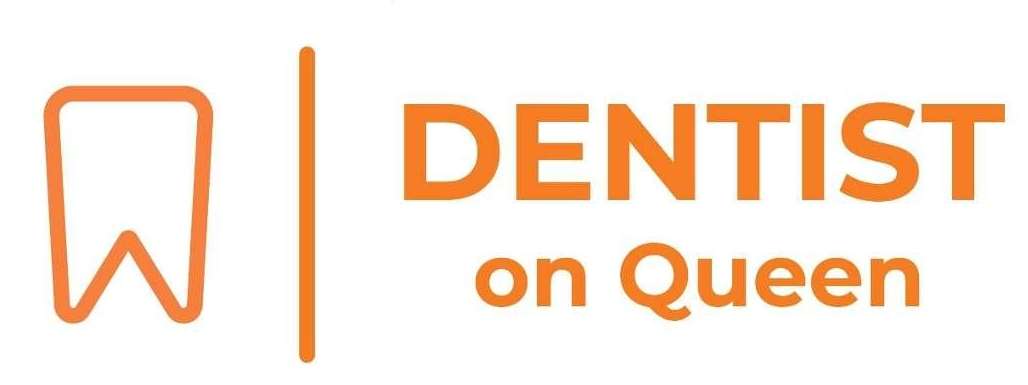Welcome to Our Practice
Oral Hygiene Instructions
Good oral hygiene is key to maintaining a healthy smile and preventing dental issues like cavities, gum disease, and bad breath. Here's how to take care of your teeth and gums at home:
Brushing
- Brush twice a day – morning and night
- Use a soft-bristled toothbrush and fluoride toothpaste
- Brush for 2 minutes, reaching all surfaces of your teeth
- Replace your toothbrush every 3 months or sooner if the bristles are frayed
Flossing
- Floss once a day to remove plaque and food between teeth
- Use about 30–45 cm of floss and gently glide it between each tooth
- Curve the floss around each tooth and slide under the gumline
Mouthwash (Optional)
- An alcohol-free fluoride mouthwash can help reduce plaque and strengthen enamel
- Swish for 30 seconds after brushing and flossing
Diet Tips
- Avoid frequent snacking on sugary or acidic foods and drinks
- Drink plenty of water and eat a balanced diet rich in fruits, vegetables, and calcium
Regular Dental Visits
- Visit your dentist every 6 months for a check-up and professional clean
- Follow any personalized care instructions from your dentist or hygienist
Want tailored oral hygiene advice? Just ask your dentist at your next appointment!
Brushing Tips for Healthy Teeth
Proper brushing is key to keeping your teeth and gums healthy. Here’s how to do it right:
How to Brush:
- Angle the Brush: Place your toothbrush at a 45-degree angle to your gums.
- Circular Motion: Use gentle, circular motions to clean along the gumline—don’t scrub hard.
- Outer & Inner Surfaces: Brush the outside and inside of all your upper and lower teeth.
- Chewing Surfaces: Use a firm back-and-forth motion on the biting surfaces of your molars.
Tip: Brush twice a day for two minutes and use a soft-bristled toothbrush with fluoride toothpaste.
Gentle and thorough brushing goes a long way in keeping your smile bright and your gums healthy!
Simple Flossing Guide
Flossing helps clean the spots your toothbrush can’t reach – between your teeth and under the gumline.
How to Floss:
- Take about 45cm of floss and wrap it around your middle or index fingers.
- Hold it tight using your thumbs and index fingers.
- Gently slide the floss between your teeth using a back-and-forth motion.
- Curve it around each tooth and move it up and down to clean the sides.
- Be gentle—don’t snap the floss into your gums.
Daily flossing helps prevent cavities and gum disease. It’s a small step that makes a big difference!
Simple Guide to Using Disclosing Gel/Tablets
Disclosing tablets or gel help show you where plaque is hiding on your teeth.
How to Use:
- Rinse your mouth with water or mouthwash.
- Chew 1 tablet or use 5 drops of the gel, swish around for 30 seconds, then spit it out (don’t swallow!).
Note: It can stain clothes and sinks—spit into a disposable cup if possible. - Rinse with water.
- Any coloured areas on your teeth show where plaque was missed.
- Brush and floss to remove all the colour.
- The colour on your tongue and gums will fade shortly after use.
It’s a fun and easy way to improve your brushing!
Fluoride – What You Need to Know
Fluoride is a mineral that helps strengthen tooth enamel, making your teeth more resistant to decay.
How Fluoride Reaches Your Teeth:
- Through food and drinking water
- Daily use of fluoride toothpaste or mouth rinse
- Direct application by your dentist
Why Fluoride is Important:
- It helps repair early tooth decay by working with minerals in your saliva.
- It strengthens teeth, making them more resistant to future decay.
- If your local water doesn’t have fluoride, extra fluoride treatments might be needed.
Tip for Kids: Children under 6 should use a small, pea-sized amount of low-fluoride toothpaste like Colgate Junior.
